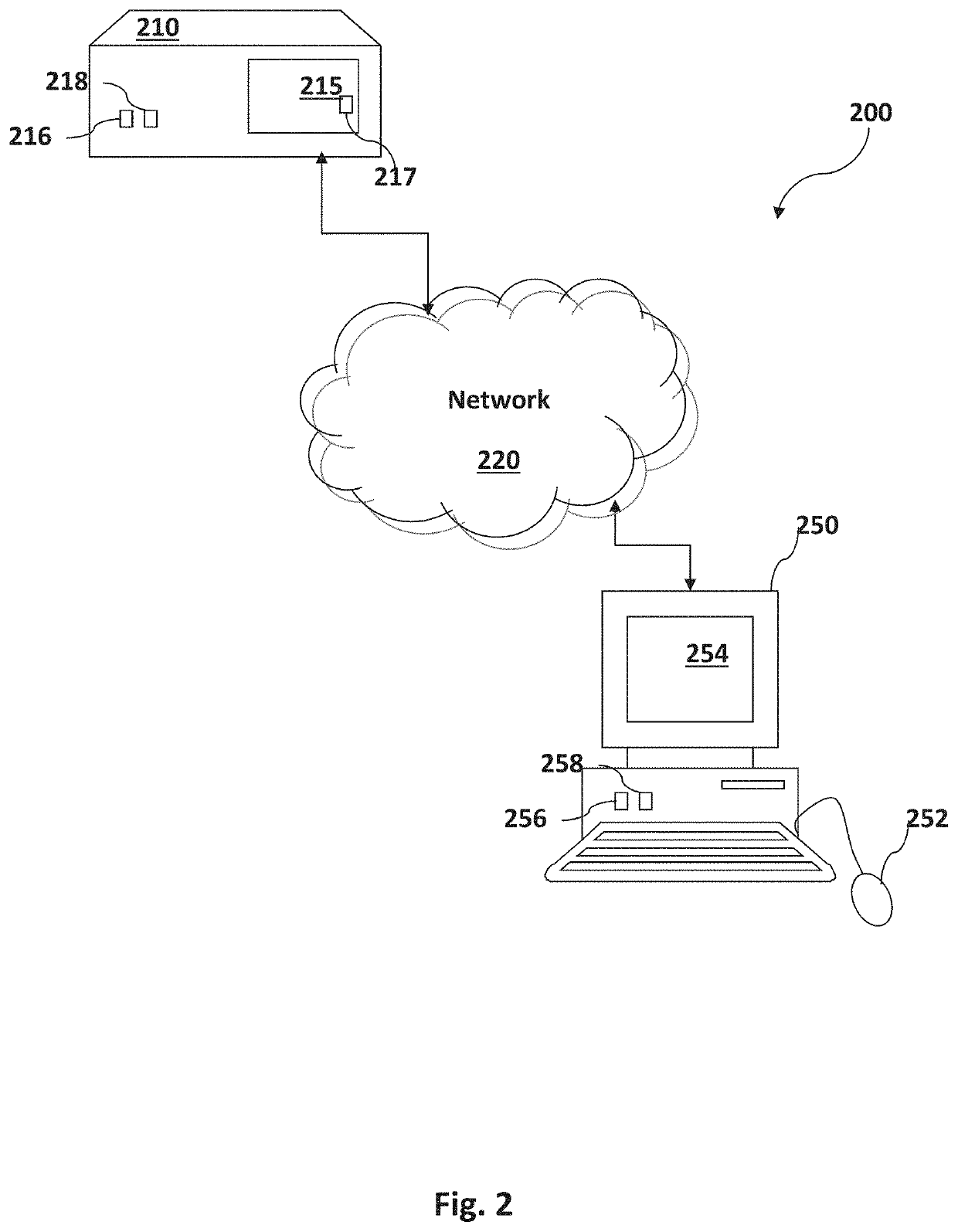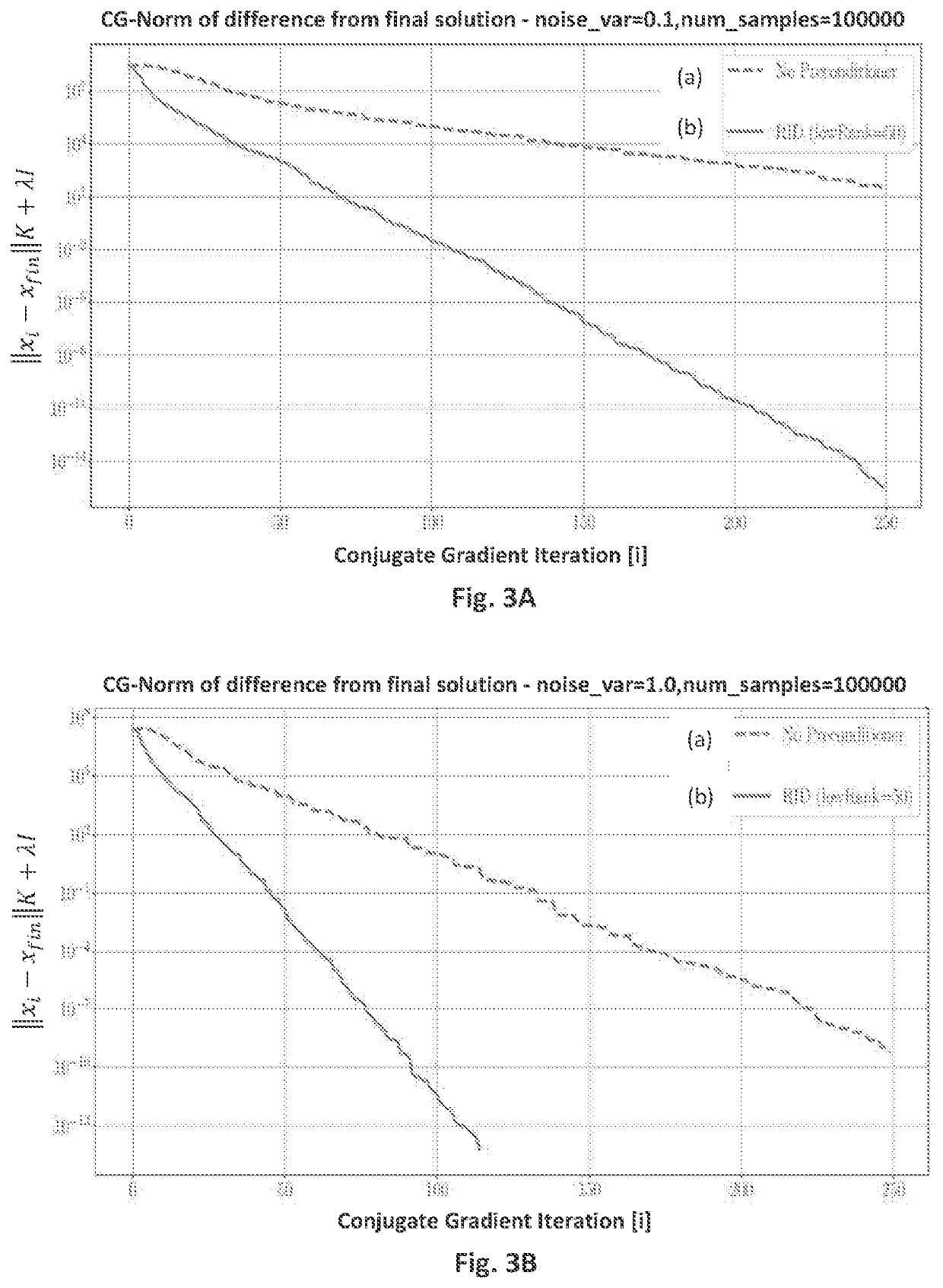Fast and accurate machine learning by applying efficient preconditioner to kernel ridge regression
a machine learning and efficient technology, applied in the field of machine learning and artificial intelligence, can solve the problems of prohibitively slow runtime, prohibitively cumbersome memory consumption, and extremely complex kernel ridge regression (krr), and achieve the effect of reducing processor and memory consumption
- Summary
- Abstract
- Description
- Claims
- Application Information
AI Technical Summary
Benefits of technology
Problems solved by technology
Method used
Image
Examples
Embodiment Construction
[0006]Embodiments of the invention solve the aforementioned longstanding need in the art by providing a Kernel Ridge Regression (KRR) algorithm that uses a preconditioner to accelerate the solution. The kernel in KRR is often poorly conditioned, which means the KRR algorithm requires a relatively large number of iterations to converge. Embodiments of the invention use a preconditioner P that converts an initial KRR system with relatively poor conditioning (e.g., relatively high condition number) to a conditioned KRR system with relatively good conditioning (e.g., relatively low condition number). Because the resulting conditioned KRR system is well-conditioned, the KRR algorithm uses a relatively lower number of iterations to converge. Embodiments of the invention may be executed using various matrix decompositions including a randomized interpolative decomposition (RID) of the kernel to build the preconditioner P and a CUR decomposition or Nyström approximation to apply the precond...
PUM
 Login to View More
Login to View More Abstract
Description
Claims
Application Information
 Login to View More
Login to View More - R&D
- Intellectual Property
- Life Sciences
- Materials
- Tech Scout
- Unparalleled Data Quality
- Higher Quality Content
- 60% Fewer Hallucinations
Browse by: Latest US Patents, China's latest patents, Technical Efficacy Thesaurus, Application Domain, Technology Topic, Popular Technical Reports.
© 2025 PatSnap. All rights reserved.Legal|Privacy policy|Modern Slavery Act Transparency Statement|Sitemap|About US| Contact US: help@patsnap.com



